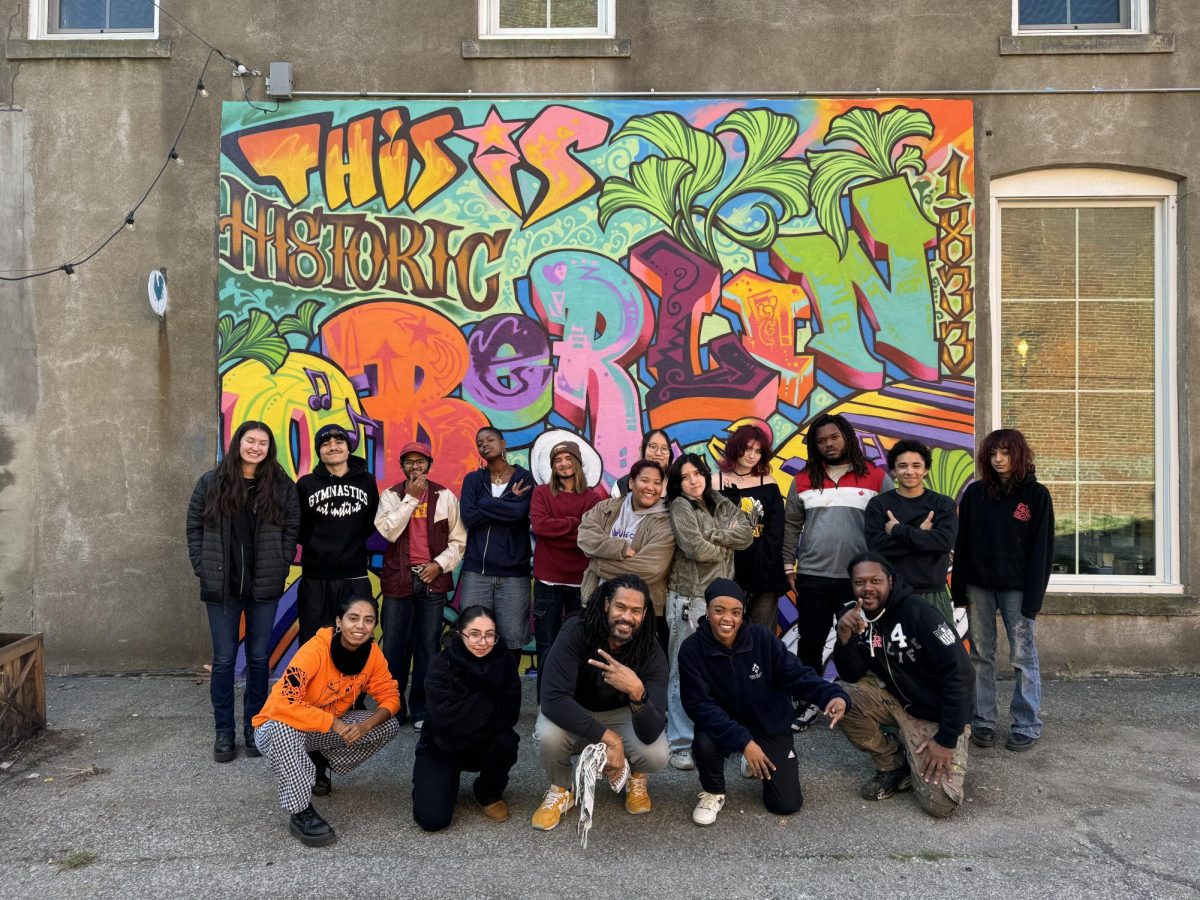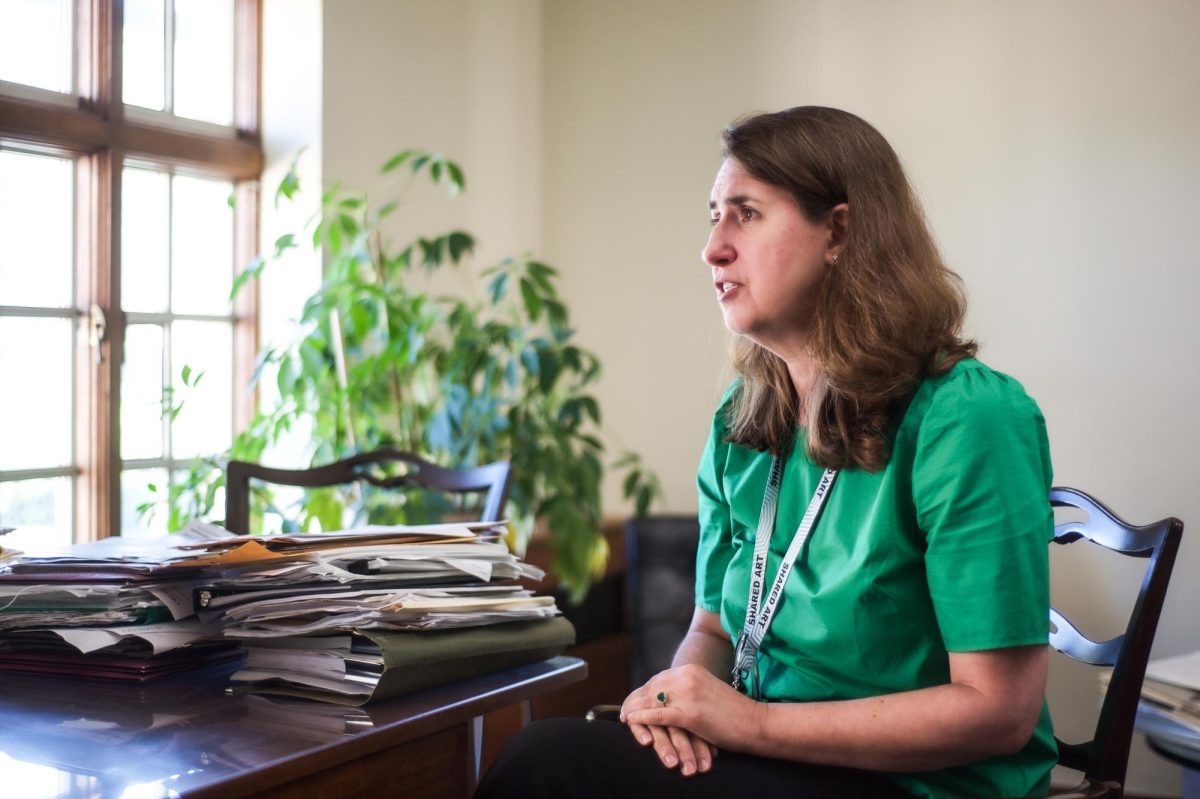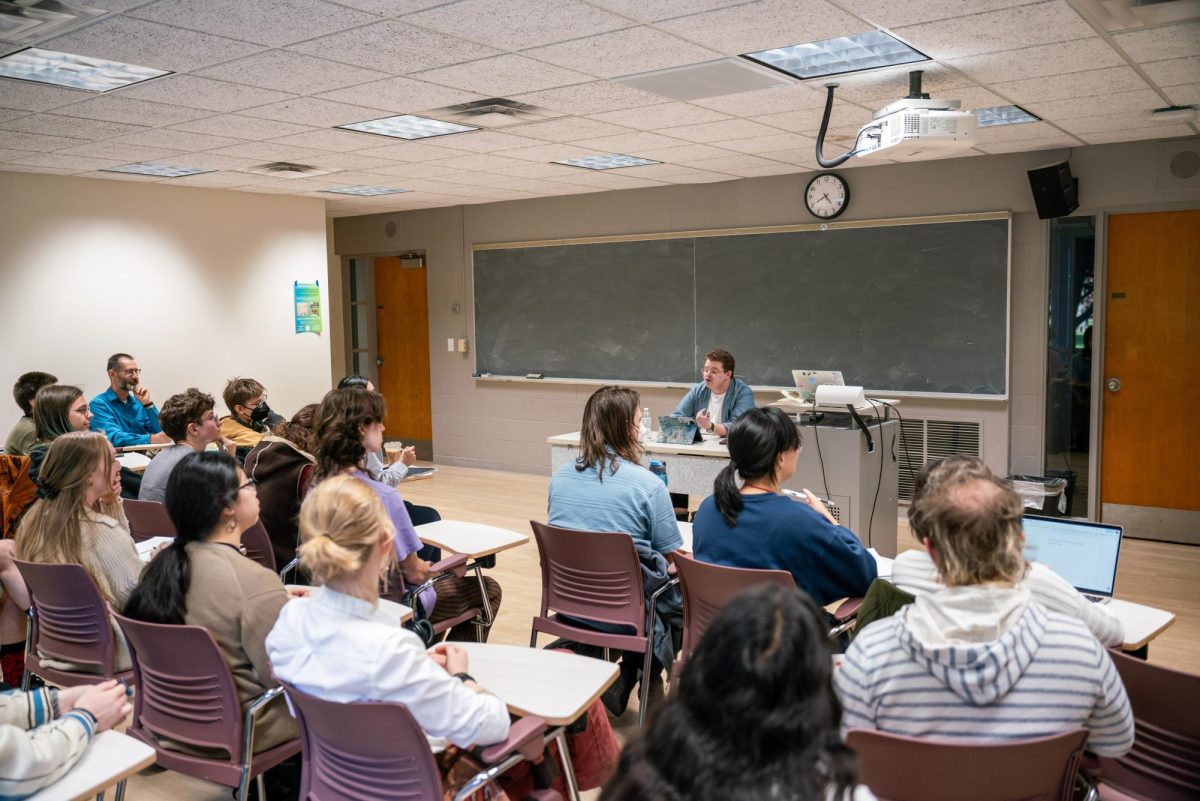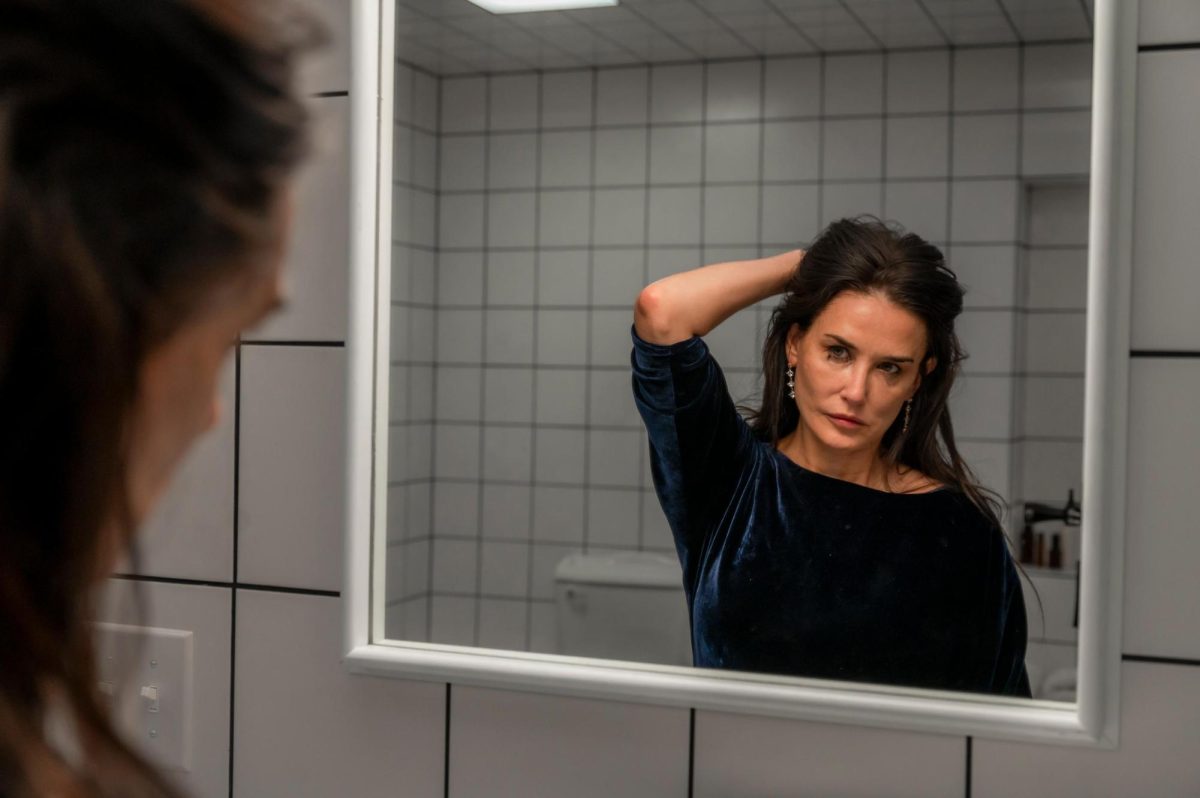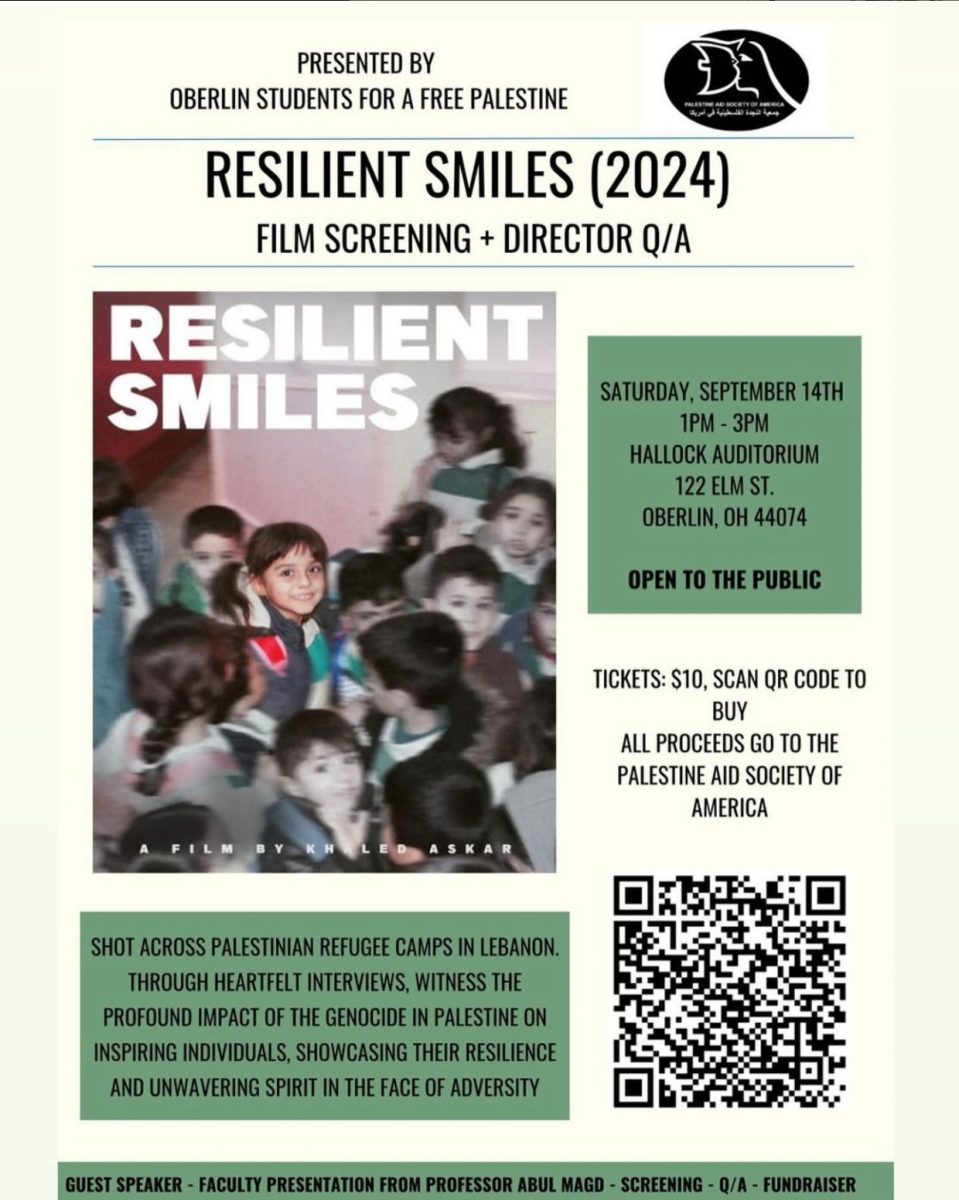In the vibrant world of musical theater where creativity and innovation have historically thrived, there is growing concern that we are witnessing a decline in originality. The golden age of Broadway was marked by the likes of Rodgers and Hammerstein, Stephen Sondheim, and Andrew Lloyd Webber, who revolutionized the genre with their unique voices and avant-garde approaches. While Broadway continues to captivate audiences with dazzling productions, a closer look reveals an unsettling trend toward derivative works and a reluctance to take risks. The heartbeat of musical theater, once driven by groundbreaking compositions and boundary-pushing narratives, now seems to promote formulaic storytelling and recycled tunes. The current landscape is dominated by adaptations of popular films, jukebox musicals, and revivals of existing shows that often prioritize commercial success over artistic innovation.
One source of concern is the surge in film-to-stage adaptations, which have become a staple of Broadway in recent years. While successful adaptations like The Lion King and The Color Purple have graced the stage, the sheer volume of such productions raises questions about the industry’s commitment to cultivating original narratives. In the 2017–18 season, all four shows nominated for the Tony Best Musical Award were film adaptations — The Band’s Visit, SpongeBob SquarePants: The Broadway Musical, Frozen, and Mean Girls. According to a report by longtime Broadway producer Ken Davenport, 82 percent of Broadway musicals in the last 30 years have been adaptations of some kind. This trend not only limits opportunities for emerging playwrights, but it also risks turning Broadway into a repository of nostalgia rather than a cradle of creativity.
Additionally, the prevalence of jukebox musicals has become a notable symptom of the industry’s growing reliance on established music at the expense of original composition. These musicals often rely on a catalog of popular songs rather than an original score to drive the plot. While these productions may draw in audiences with their familiarity, they contribute to a creative stagnation that undermines the very essence of musical theater as storytelling through song.
The reluctance to embrace risk and innovation is evident not only in the choice of material, but also in the homogeneity of the storytellers. A report by the Asian American Performers Action Coalition on the Broadway 2018–19 season highlighted a lack of diversity in creative teams, with 93.8 percent of directors being white. This lack of representation not only limits the range of perspectives on stage but also stifles the potential for groundbreaking narratives that reflect the complexity and diversity of the human experience. In fact, showcasing diverse stories could even increase audience attendance. The Metropolitan Opera, for example, dedicated one-third of its 18-show 2022–23 season to contemporary productions and saw a 6 percent uptick of audience attendees that year. This initiative also focused on featuring diverse stories and artists in its contemporary shows. This is something that Broadway producers should take note of: people want to be represented on stage and to connect with shows.
To address this crisis of originality, it is imperative for the industry to actively seek out and support emerging voices with fresh perspectives. The National Alliance for Musical Theatre provides the Frank Young Fund for New Musicals, a series of grants awarded to promising musicals in development. This is one example of initiatives that aim to bring back and promote originality and freshness to the musical theater scene. Similar initiatives could — and should — be implemented to encourage originality and other advancements in theater. This could be in the form of dedicated funding for new works, mentorship programs for emerging playwrights, and inclusivity initiatives to ensure that a diverse range of voices are heard.
One shining example of a recent success in originality is the musical Hadestown, which reimagines the ancient Greek myth of Orpheus and Eurydice through a contemporary lens. The musical — with music, lyrics, and book by Anaïs Mitchell — challenges traditional storytelling norms and has earned critical acclaim for its innovative approach. Another excellent example is the new Stephen Sondheim musical Here We Are, which takes inspiration from two Luis Buñuel films. The show combines preexisting films into an entirely new and original product, showcasing that movie adaptations can be useful tools in creating a show rather than just a shot-for-shot reproduction. By investing in and celebrating productions like Hadestown and Here We Are, the industry can signal a commitment to fostering originality and ensuring a vibrant future for musical theater.
The erosion of originality in musical theater is a pressing concern that requires immediate attention. As Broadway continues to be a cultural touchstone, it is essential to preserve its legacy as a hub of creativity and innovation. By addressing its overreliance on adaptations, jukebox musicals, and the lack of diversity in creative teams, the industry can pave the way for a new era of groundbreaking works that will captivate audiences and define the future of musical theater. It is time for stakeholders in the industry to come together, acknowledge the challenges at hand, and actively champion originality as the lifeblood of the art form we hold dear. The collective efforts of producers, artists, audiences, and advocates will shape the trajectory of musical theater, ensuring its continued relevance and contribution to the rich tapestry of performing arts for generations to come.


